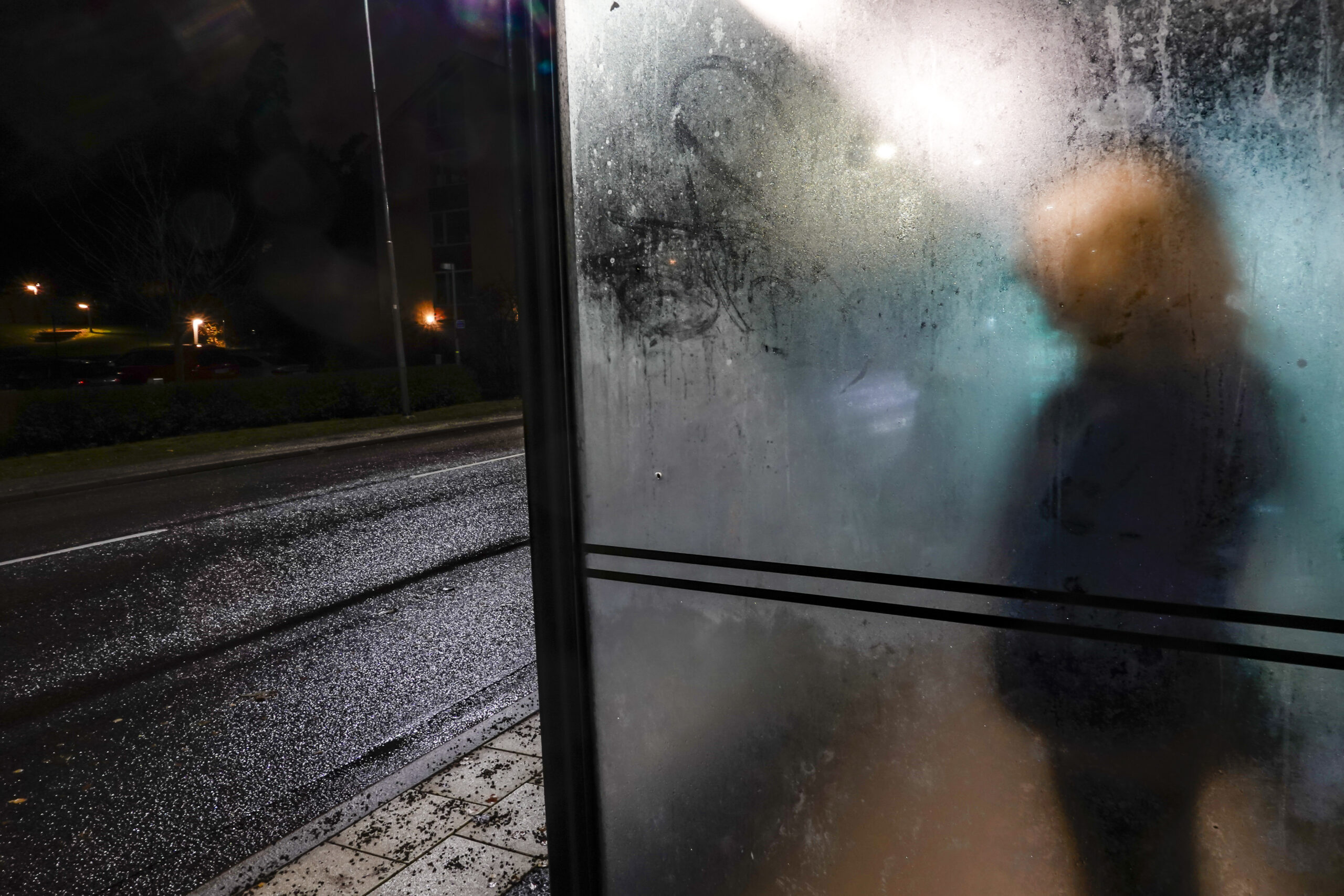
Fellow passengers and visible staff enhance perceived safety in public transport
Perceptions of safety in public transport can vary significantly between different passengers. For some, it involves a reliable service with few cancellations and on-time departures and arrivals. For others, clear instructions and well-designed interchange points that are easy to navigate contribute to a sense of security. A low perceived risk of experiencing disorder or crime also plays a crucial role in how safe passengers feel.
“Safety is a somewhat vague concept, which makes it difficult to measure and compare between different users. It’s important to be clear and aware of what exactly you are asking,” says Linnea Eriksson from the Swedish National Road and Transport Research Institute (VTI), who led the recently concluded K2 research project Securing Legitimacy? Policy, practice, and publics in public transport.
Since passengers’ feelings of insecurity can stem from a wide range of factors, the measures required to improve safety also vary.
“Other people—fellow passengers and public transport staff—play a major role in enhancing perceived safety. The presence of security guards is more ambivalent; it can both reassure and worry passengers,” Linnea Eriksson explains.
Public transport users tend to prefer avoiding transfers. However, modern transit planning often prioritises high-frequency trunk lines, which means that more passengers are required to transfer between services. In such cases, it is essential that interchange points feel safe and are well designed.
“As with all urban and transport planning, early decisions are crucial. Where you decide transfers should occur and how those spaces are designed will significantly influence whether people are willing to travel by public transport,” says Linnea Eriksson.
Linnea and her colleagues have specifically examined how the public transport authority SL (Storstockholms Lokaltrafik) in the Stockholm region works with safety-related issues.
“Region Stockholm has established a Security Control Centre that not only coordinates the work of security personnel but also collaborates with local municipalities. The centre serves as a regional hub for safety efforts across the network,” Linnea Eriksson concludes.
Examples of measures that enhance the perception of safety in public transport:
- Stations and interchanges where passengers feel comfortable staying
- Stations, interchanges and vehicles that discourage or prevent unauthorised access
- Visible staff presence throughout the public transport network
- Reliable services with minimal cancellations and delays
- A safe traffic environment around stations and interchanges
- Clear and accessible information for unfamiliar or infrequent passengers
- Clear guidance on how to act in case of service disruptions or incidents
- Routes with flexible stops, such as “night stops”
Text: Hanna Holm
-
 Linnea Eriksson
Linnea Eriksson
Senior Researcher
